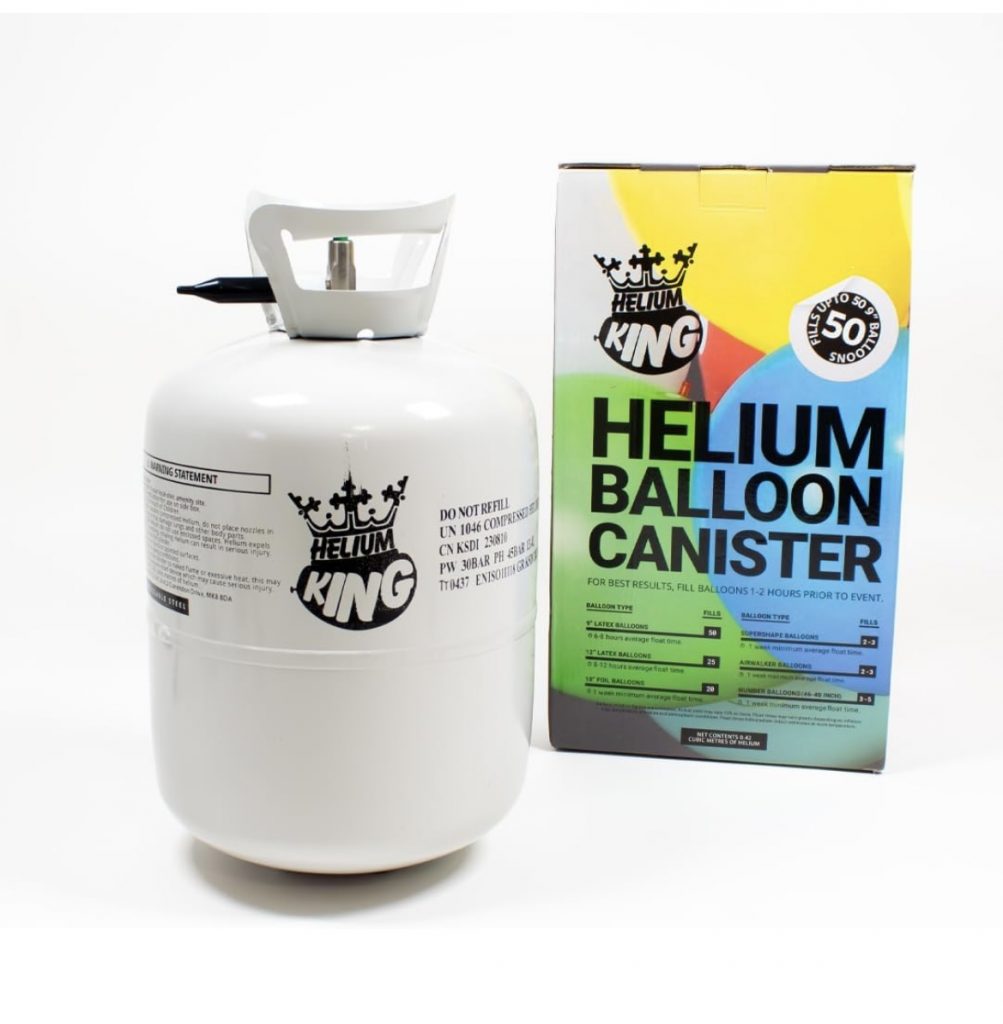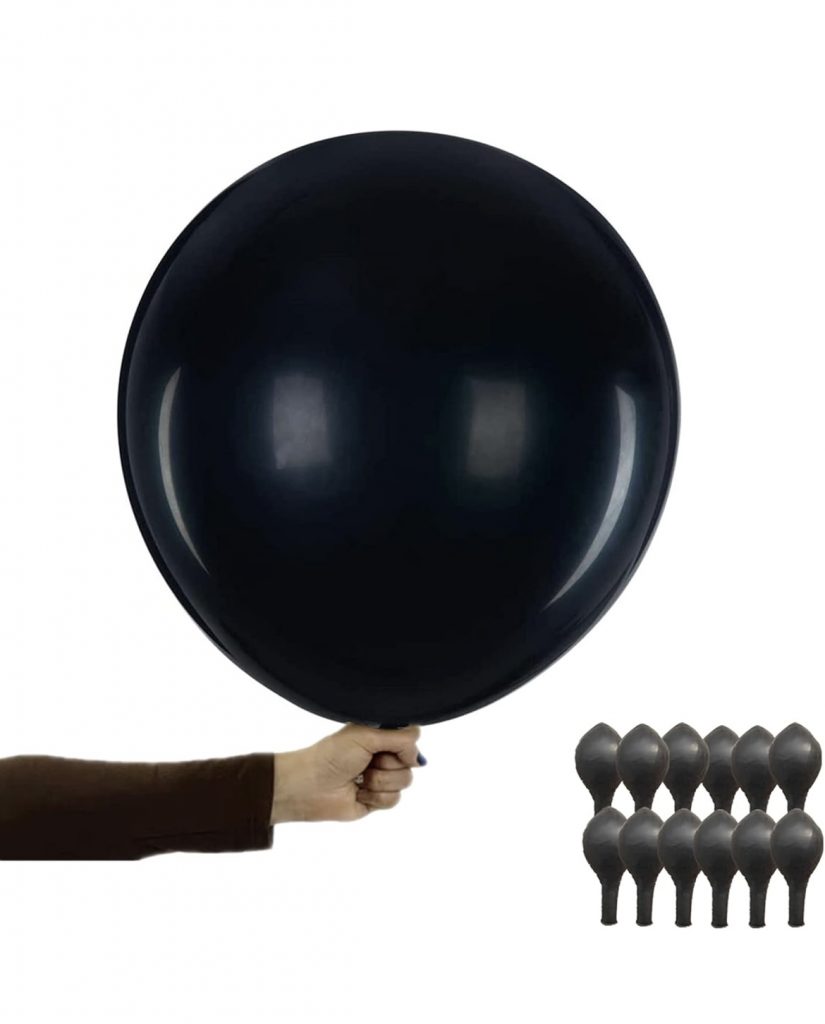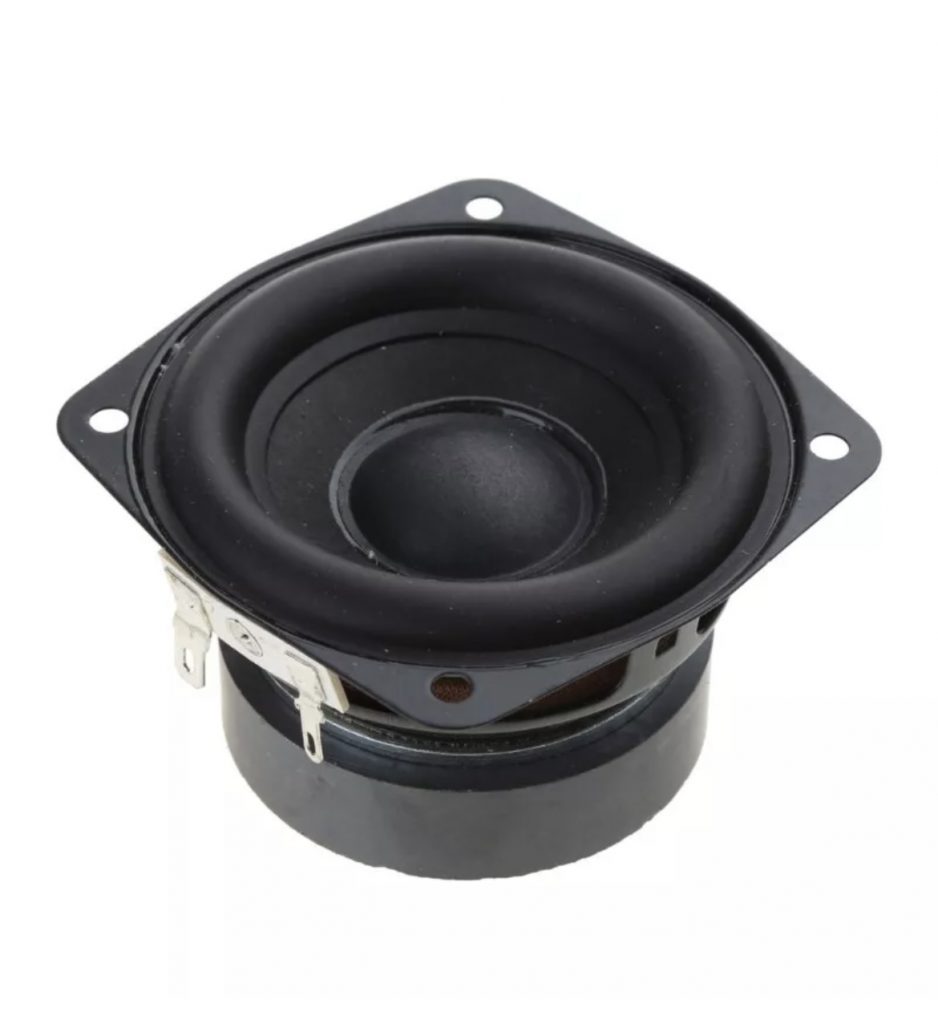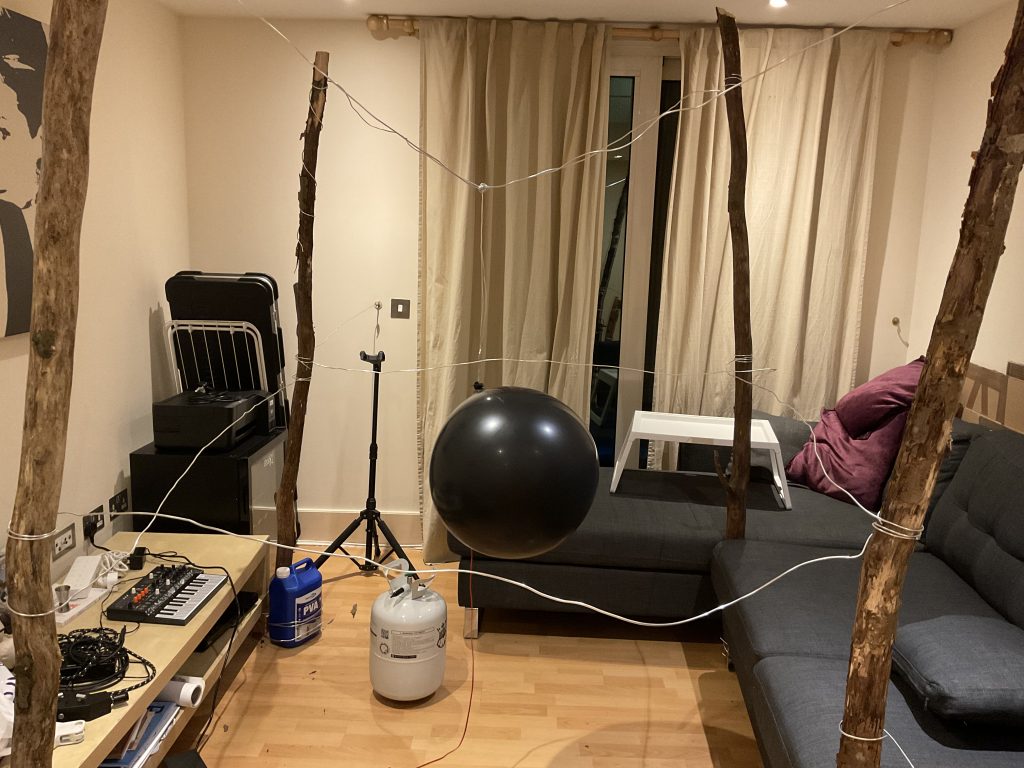I would like to name this installation “Alive”. On one hand, it symbolizes the process of inflating and deflating, resembling the act of breathing. On the other hand, with the input of helium, the balloons deform and collide with each other, while the sound from the speakers inside the balloons changes. This represents the pressures in society and how people change themselves in hopes of integrating with others, metaphorically putting on masks. When helium is inhaled, it alters a person’s voice, much like in the video below.
Principle of helium causing changes in sound:
“Helium and air are both gases with very similar compressibility so the much lower density of helium causes sound waves to propagate about 2.7 times faster. Your voice doesn’t actually change pitch with a lungful of helium: your vocal chords still vibrate at the same frequency. Rather, what changes is the natural frequency of your throat, so it resonates more strongly with the higher harmonics than the lower ones. The low frequency component of your voice is still there, but it is much quieter than the higher frequency component. The relative strength of these harmonics is called the ‘timbre’ and it is this that changes when you breathe helium. This is why you sound more like Donald Duck than Mickey Mouse.” (BBC Science Focus Magazine)
In theory, the sound inside the balloon is expected to change during the alternating airflow process between the two balloons. The sound in the deflating balloon would return to normal, while the sound in the insufflating balloon would change.
However, during the experiment, I encountered several issues with this plan: the sound produced by the speaker inside the balloon did not change pitch due to the helium. When the balloon first started inflating, the sound was almost completely muffled. As the balloon expanded and the rubber surface stretched thinner, the sound gradually became audible with significant reverberation, but the volume heard outside the balloon remained relatively low.
The possible reasons for these issues are:
- The speaker’s sound primarily propagates through the vibration of its diaphragm, rather than relying on the characteristics of the surrounding gas medium. Although helium is less dense, it does not significantly affect the diaphragm’s motion or the frequency response of the speaker.
- The rubber membrane of the balloon might restrict the transmission of sound from the speaker. Sound passing through the balloon membrane could be partially reflected and absorbed, masking any changes that might occur.
- Helium’s main characteristic is its higher speed of sound compared to air (about three times faster in helium than in air). This typically affects sound propagation in resonators, such as the human vocal tract, leading to a boost in higher frequencies. However, since the sound production mechanism of a speaker differs from that of human vocal cords, helium has minimal impact on the speaker’s frequency output.
In conclusion, I found that using helium produced no notable sound effects apart from causing the balloon to float slightly. After losing the effect of helium altering the sound, the use of helium has become less necessary. If I use air as the input gas instead, the concept and presentation of this installation would be significantly diminished. As a result, I plan to switch to Plan B.
Experimental Materials:

Helium

36inch Ballons

3inch Speaker Full 4ohm 20W Loudspeaker DIY Sound For Home Theater


Test Photo:

Test Video:
Reference
Why does helium change your voice? (no date) BBC Science Focus Magazine – science, nature, technology, Q&As. Available at: https://www.sciencefocus.com/the-human-body/why-does-helium-change-your-voice (Accessed: 25 November 2024).
